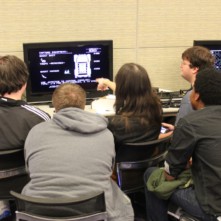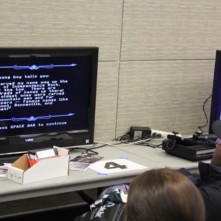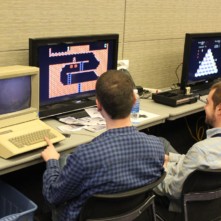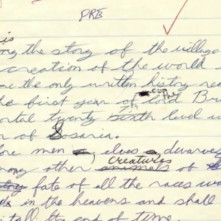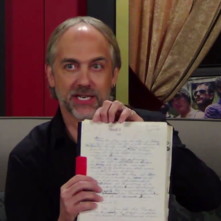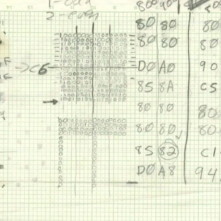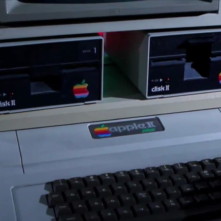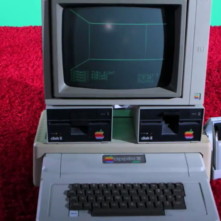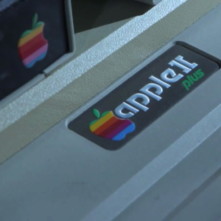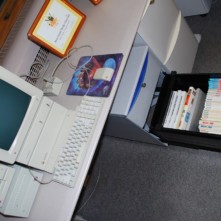Apple II at PAX East 2013
| March 25th, 2013 10:41 AM by Ken Gagne | Filed under Game trail, Happenings; 1 comment. |
I’m currently recovering from an exhausting, exhilarating weekend spent at PAX East, the annual video game convention hosted by Penny Arcade. The event attracts to Boston 80,000 gamers of the board, card, computer, and video variety, among them many Apple II users. I have attended all four years of the event with Andy Molloy, and lately with Wayne Arthurton as well; even Jordan Mechner has made an appearance. But it wasn’t enough to have Apple II enthusiasts in attendance; we wanted an Apple II there as well.
I reached out to Joe Santulli of the Videogame History Museum, an organization that, along with Digital Press Videogames, coordinates PAX’s retro room. This dedicated space features consoles and computers from years past — everything from Commodore 64 to Atari 2600 to Sega Dreamcast. They’d never had an Apple II in the collection, and I asked Joe if I could rectify that. He gladly accepted.
I decided to take the role of coordinator rather than donor. I put out a call on Facebook, Google+, and the KansasFest email list, asking if anyone could donate some aspect of a complete 8-bit gaming rig. I received enough responses that, courtesy Wayne Arthurton, Paul Hagstrom, and Mike Maginnis, with logistical support from Thomas Awrey, I was able to put together an unenhanced Apple IIe with 5.25″ floppy disk drive, joystick, and bevy of memorable games.
The hardware and software was delivered to PAX as soon as the show opened Friday morning. I stopped into the room several times over the course of the three-day event to check on the machine. No matter the hour of the day, it was always in use, and even more people nearby were talking about it, usually to the effect of “I remember those” or “I can’t believe they have an Apple II!” The computer was a hit! Oregon Trail was a popular choice, with Karateka a close second. Ghostbusters, Castle Wolfenstein, and even some BASIC programming also made appearances. Click the below thumbnails for evidence of its popularity (or visit Gamebits for a complete PAX East 2013 photo album).
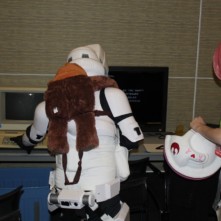
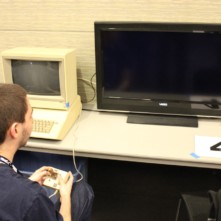
The Apple II was not just a temporary exhibit for PAX East; it has been permanently donated to the Videogame History Museum and will make appearances at conferences and conventions throughout the country, such as the Game Developers Conference, MAGFest, and PAX Prime.
My thanks to all contributors and attendees who’ve helped the Apple II spirit come alive at PAX!

